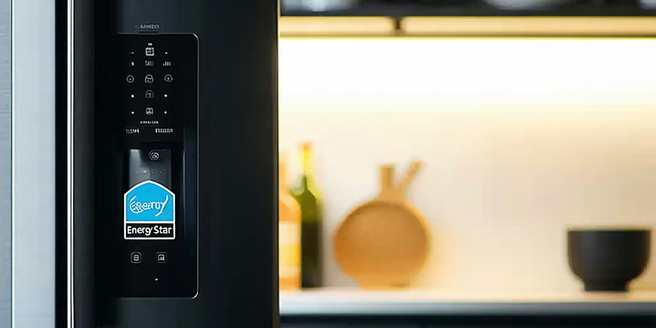Saving On Utility Bills

Understanding Your Utility Bill Breakdown
Understanding your utility bill is the first step towards savings. Utility bills often comprise several components, including charges for electricity, gas, water, and any associated service fees. By carefully analyzing these sections, you can identify which areas contribute most to your monthly expense. Some bills provide a usage summary, offering insights into peak usage times and comparing current consumption with previous months. Pay attention to units of measurement and tariff rates, as these details are crucial for accurate interpretation. Additionally, understanding any standing charges or fixed fees can help clarify your bill. By familiarizing yourself with the bill’s components, you can effectively track trends and spot anomalies, hence enabling informed decisions to optimize your energy usage.
Energy-Efficient Appliances: A Wise Investment
Investing in energy-efficient appliances is a smart move for both your wallet and the environment. These appliances use less energy to perform the same tasks as their non-efficient counterparts, leading to significant savings over time. Look for products with the ENERGY STAR label, which signifies that they meet specific criteria for energy efficiency. While the initial cost may be higher, the reduction in energy bills can offset these expenses. Additionally, energy-efficient appliances often come with advanced features that enhance performance and convenience. By upgrading your home with these appliances, you’re not only reducing your energy consumption but also minimizing your carbon footprint, thus contributing to a more sustainable future.
Insulation and Weatherproofing Techniques
Proper insulation and weatherproofing are essential for maintaining an energy-efficient home. Insulation acts as a barrier, keeping warm air in during winter and out during summer. This reduces the need for excessive heating or cooling, thereby cutting down energy costs. Focus on areas like attics, walls, and floors where heat loss is greatest. Weatherproofing involves sealing gaps and cracks that allow air to escape. Use caulking or weatherstripping around doors and windows to prevent drafts. These techniques not only improve comfort within your home but also contribute positively to long-term savings. By investing in proper insulation and weatherproofing, you enhance your home’s efficiency and reduce its environmental impact.
Smart Thermostats: The Future of Home Heating
Smart thermostats represent a pivotal advancement in home heating technology. These devices offer unparalleled control over your home’s climate, enabling tailored schedules to match your lifestyle. By learning your habits, smart thermostats optimize heating and cooling cycles to maximize efficiency. This adaptability leads to lower energy consumption and reduced bills. Features such as remote control via smartphone apps allow you to adjust settings from anywhere, ensuring comfort upon arrival. Moreover, smart thermostats provide insightful energy usage reports, helping you make informed decisions about your consumption. By integrating a smart thermostat, you not only embrace convenience but also contribute to a more sustainable living environment.
Water Conservation Tips for Lower Bills
Reducing water usage can significantly lower your utility bills. Start by fixing any leaks; even a small drip can waste gallons of water over time. Install low-flow faucets and showerheads that maintain pressure while using less water, and consider dual-flush toilets to save gallons per flush. Being mindful of water usage habits also helps; simple actions like turning off the tap while brushing teeth or taking shorter showers can make a big difference. Additionally, consider collecting rainwater for gardening purposes. By implementing these water conservation measures, you not only decrease your utility bills but also contribute to a more sustainable and responsible usage of natural resources.
Renewable Energy Options for Homeowners
Homeowners have several renewable energy options to reduce utility bills and carbon footprints. Solar panels are a popular choice, converting sunlight into electricity and potentially eliminating electric bills. Wind turbines, though dependent on location, are another viable option for generating power. Geothermal systems offer efficient heating and cooling by utilizing the earth’s natural temperature regulation. Each system requires an initial investment, but long-term savings and potential government incentives make them worthwhile considerations. By exploring and investing in renewable energy, homeowners contribute to a cleaner environment while enjoying the benefits of reduced energy costs. These sustainable options pave the way for a resilient and environmentally friendly future.